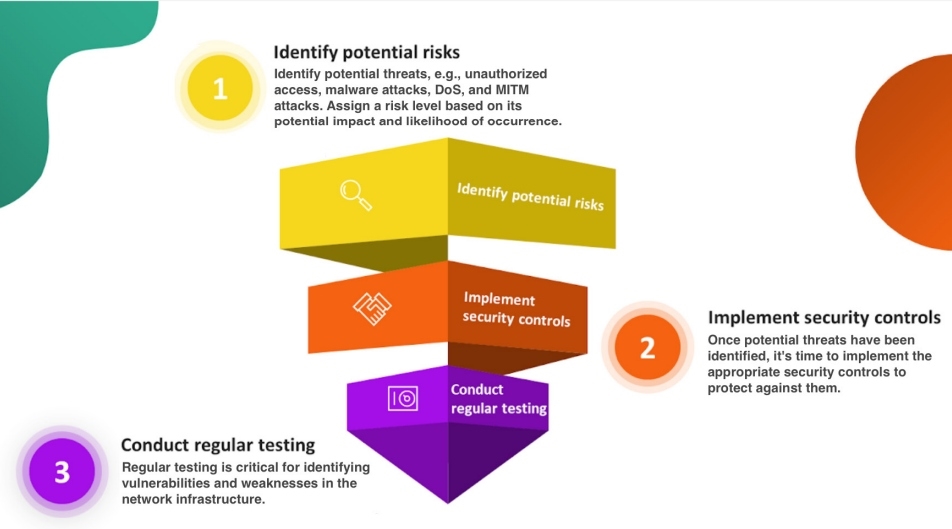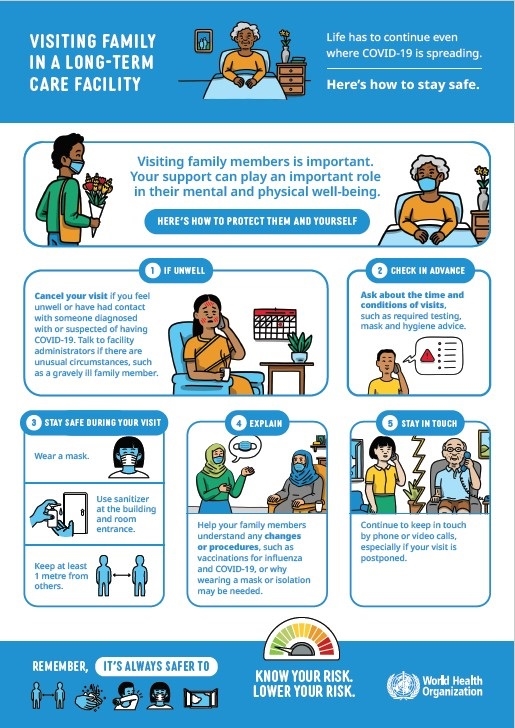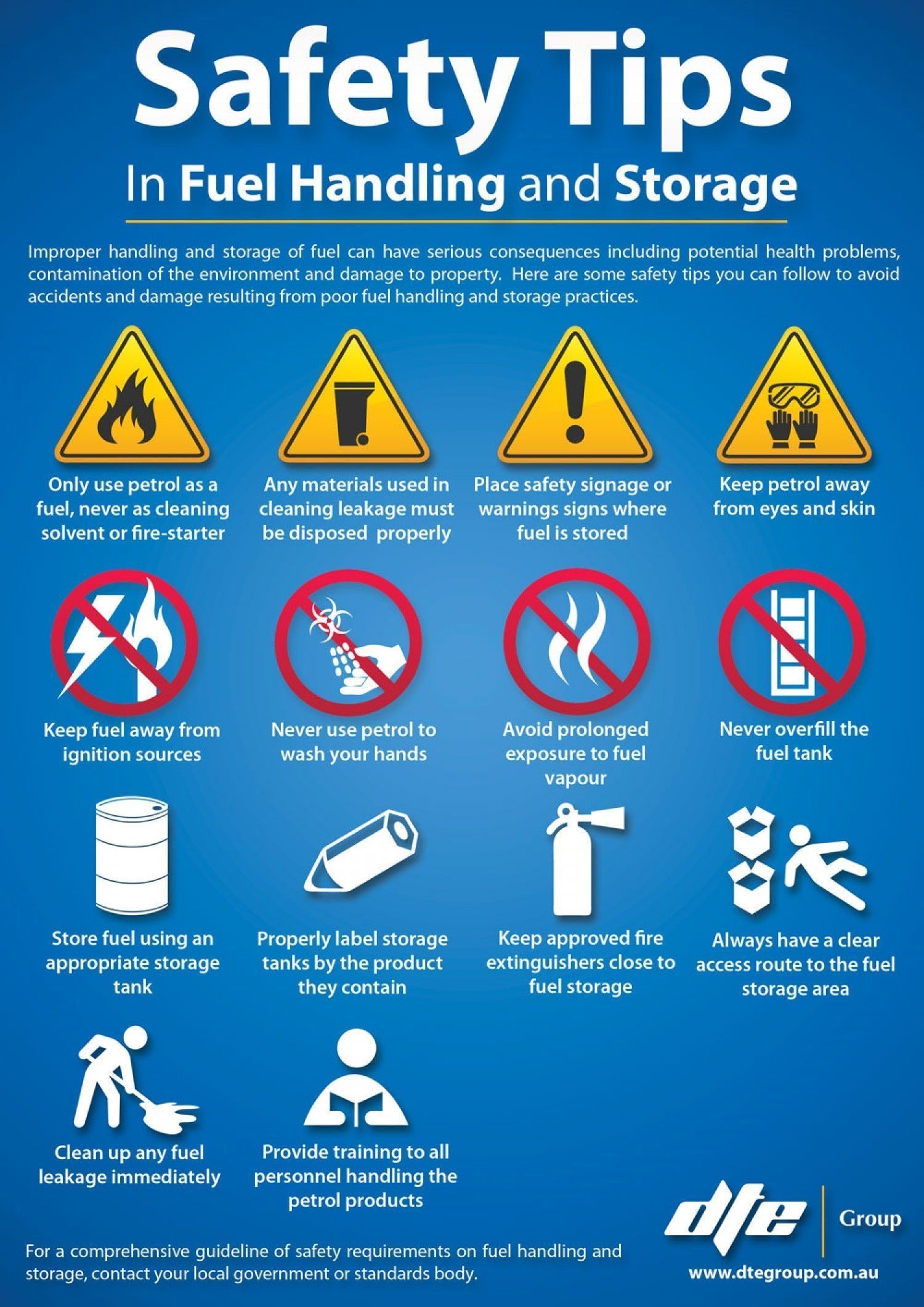
Understanding the Risks: Identifying Potential Threats and Vulnerabilities in Griffin, GA
Introduction
Griffin, Georgia, a charming city nestled in Spalding County, is known for its rich history, friendly community, and vibrant culture. However, like any other place, it is not immune to potential risks and vulnerabilities. In this article, we will delve deep into understanding the risks that Griffin, GA faces and how to identify them effectively.
1. Natural Disasters
Griffin, GA is situated in an area prone to various natural disasters, including hurricanes, tornadoes, flooding, and even earthquakes. Assessing the potential risks associated with these disasters requires a comprehensive analysis of historical data, geographical factors, and climate patterns. By identifying the potential risks, residents and officials can develop effective disaster management plans, invest in infrastructure improvements, and create awareness campaigns to keep the community safe.
2. Cybersecurity Threats
In today’s digital age, cybersecurity has become a significant concern for individuals, businesses, and governments alike. Griffin, GA is not immune to the ever-evolving threats posed by hackers, malware, and data breaches. It is essential for businesses and organizations operating in Griffin to prioritize cybersecurity measures, including robust firewalls, regular data backups, and employee training programs to identify and prevent potential vulnerabilities.
3. Crime and Safety
Like any other city, Griffin, GA faces its fair share of crime-related challenges. Understanding the risks associated with crime and safety involves analyzing crime statistics, identifying high-risk areas, and collaborating with local law enforcement agencies to create preventative measures. By implementing community policing initiatives, increasing public awareness, and improving street lighting and surveillance systems, Griffin can foster a safer environment for its residents and visitors.
4. Infrastructure Risks
The state of Griffin’s infrastructure plays a crucial role in its overall resilience against potential risks. Aging bridges, poor road conditions, and outdated utilities can pose significant threats to the safety and well-being of the community. By conducting thorough inspections and investing in necessary repairs and upgrades, Griffin can ensure a robust and reliable infrastructure system, minimizing the risks associated with structural failures and accidents.
Conclusion
Identifying potential threats and vulnerabilities in Griffin, GA is a critical step towards creating a safer and more secure community. By understanding the risks associated with natural disasters, cybersecurity threats, crime and safety, and infrastructure weaknesses, Griffin can proactively take measures to mitigate these risks. Through collaboration between residents, businesses, and local authorities, Griffin can strengthen its resilience and ensure a thriving environment for its beloved community.
In conclusion, it is crucial for individuals and organizations to remain vigilant and proactive in their approach to risk identification and mitigation. With a comprehensive understanding of the potential challenges, Griffin, GA can strive towards a brighter future, leaving no room for vulnerabilities.

Implementing Protective Measures: Strategies and Protocols for Ensuring Safety and Security in Care Facilities
When it comes to care facilities, ensuring the safety and security of residents, patients, and staff is of utmost importance. Implementing effective protective measures is crucial to create a secure environment where everyone feels protected. In this article, we will explore various strategies and protocols that care facilities can adopt to enhance safety and security.
1. Comprehensive Risk Assessment
Before implementing any protective measures, it is essential to conduct a thorough risk assessment. Identify potential hazards and vulnerabilities within the facility, such as fire risks, medical emergencies, security breaches, or natural disasters. Assess the likelihood and potential consequences of these risks to prioritize necessary actions.
2. Robust Access Control
An integral part of any security strategy is controlling access to the facility. Implement a secure access control system that includes keycards, biometric scanners, or other advanced technologies. Limit access to authorized personnel, visitors, and residents only. This ensures that individuals with malicious intent are unable to enter the premises undetected.
3. Surveillance Systems
Deploying an extensive network of surveillance cameras throughout the facility significantly enhances security. These cameras act as a deterrent and provide valuable evidence in case of incidents or emergencies. Ensure that the surveillance system covers all critical areas, including entrances, exits, common spaces, and high-risk areas.
4. Emergency Preparedness
Develop a comprehensive emergency response plan to address a wide range of potential crises. Train staff members on emergency protocols, evacuation procedures, and basic first aid. Conduct regular drills and exercises to evaluate and improve the effectiveness of the emergency preparedness plan.
5. Staff Training and Awareness
Educating and training the staff is essential to maintain safety and security within the care facility. Provide training on identifying suspicious behaviors, responding to emergencies, and handling violent or disruptive situations. Encourage open communication channels to report any security concerns promptly.
6. Regular Security Audits
Conduct periodic security audits to assess the effectiveness of the protective measures implemented. Identify potential gaps or vulnerabilities and take corrective actions. Stay updated with the latest security technologies and practices to ensure the facility’s security standards are continuously improving.
7. Collaboration with Law Enforcement
Establish a strong partnership with local law enforcement agencies. Share information about potential risks and seek their expertise to enhance security measures. Collaborate with authorities during security drills and exercises to ensure seamless coordination in case of emergencies.
Conclusion
Protecting the safety and security of care facility residents, patients, and staff requires a comprehensive and proactive approach. By implementing robust measures such as comprehensive risk assessment, access control, surveillance systems, and staff training, care facilities can create a secure environment that prioritizes the well-being of all individuals involved. Regular security audits and collaboration with law enforcement further strengthen the overall security posture. By adopting these strategies and protocols, care facilities can instill a sense of safety, confidence, and peace of mind in everyone within their premises.

Training and Preparedness: Equipping staff and caregivers to respond effectively to emergencies in Griffin, GA
Why is Training and Preparedness Important?
In a world full of uncertainties, it is crucial for organizations and individuals to be prepared for emergencies. In the context of Griffin, GA, where safety and well-being of staff and caregivers is paramount, being equipped with the necessary training and knowledge is of utmost importance.
The Benefits of Staff and Caregiver Training
Investing in training programs for staff and caregivers not only ensures their safety but also enhances overall efficiency and effectiveness in the face of emergencies. Here are some key benefits:
- Quick Response Time: With proper training, staff and caregivers will be equipped to act swiftly and confidently during emergencies, minimizing potential risks and damage.
- Lifesaving Skills: Training programs provide essential knowledge on first aid, CPR, evacuation procedures, and other life-saving techniques. These skills can make a significant difference in critical situations.
- Reduced Panic: By being well-trained, staff and caregivers will be able to remain calm and composed, which helps prevent panic among those in their care.
- Collaborative Approach: Training promotes teamwork and effective communication between staff and caregivers, ensuring a seamless response to emergencies.
- Legal Compliance: Adequate training ensures compliance with legal requirements and safety regulations, protecting the organization from potential liabilities.
How to Implement an Effective Training Program
In order to develop a comprehensive training program, organizations should consider the following:
- Identify Potential Risks: Conduct a thorough risk assessment to understand the specific challenges that staff and caregivers may face during emergencies.
- Customize Training Content: Tailor the training materials to address the identified risks and unique needs of the organization and its staff.
- Engage Professional Trainers: Collaborate with experienced trainers who specialize in emergency response and preparedness to deliver high-quality training sessions.
- Regularly Review and Update: Keep the training program up-to-date by incorporating new techniques, protocols, and best practices as they emerge.
Conclusion
Investing in staff and caregiver training and preparedness is an investment in the safety and well-being of all individuals involved. By equipping them with the necessary knowledge and skills, organizations in Griffin, GA can ensure a prompt and effective response to emergencies, ultimately safeguarding lives and minimizing potential damages. Don’t leave your staff and caregivers unprepared – prioritize training and preparedness today!
